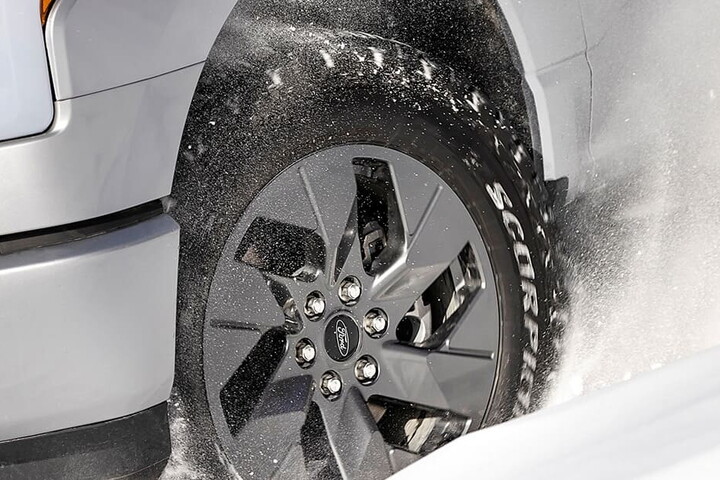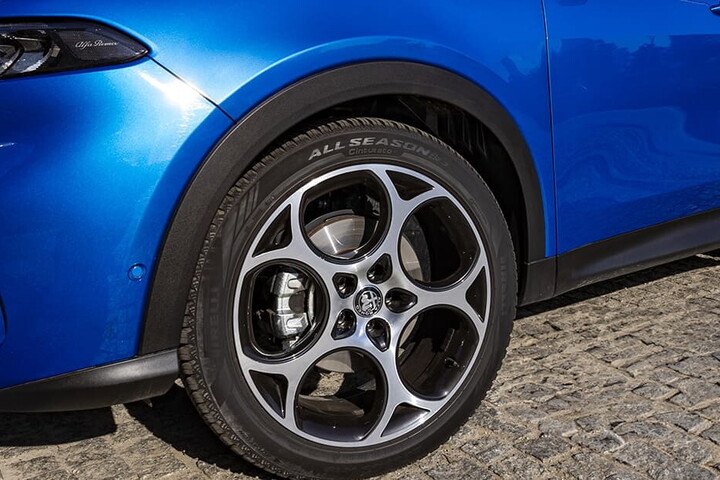The label is changing. News concerning the European label that manufacturers must apply to the tyres they sell will come into effect on the first of May. The main changes include a QR code and symbols including suitability for driving the snow and ice.
The tyre labelling regulation has been in force since 2012 and has been providing consumers across Europe with essential information on fuel efficiency, safety and noise by specifying the rolling resistance, wet grip and external rolling noise of tyres.
The system provides consumers with transparent and objective information on the quality of the tyres they purchase. From the first of May, the label will be further improved and will apply to cars, 4x4s, SUVs, vans, commercial vehicles, trucks and buses.
The declared objective of the European Union and the European Tyre & Rubber Manufacturer's Association (ETRMA) is to increase road safety by introducing the two symbols that specify the tyre grip on snow and ice and to decrease the environmental impact.
The information contained on the new label will help consumers choose tyres with lower rolling resistance. This feature implies saving of fuel or electricity for electric vehicles – and a consequent reduction of CO2 emissions – in addition to decreasing noise and noise pollution.
WHAT'S NEW ON THE NEW LABEL
The new label, like the old one, provides three classifications: fuel efficiency, braking on wet surfaces and noise. New is the scale of grades for fuel efficiency and braking on wet surfaces that will go from A to E and no longer from A to G. This simplification makes the tyre rating system more similar to the one already in use for domestic appliance labels, with which the general public is more familiar. More in detail, A, B, C remain as they were before. Old F and G merge in E, but old E become D (which was empty).
Noise, on the other hand, that on the old label was indicated only in decibels, is now complemented with a scale of values from A to C, so that the consumer can better evaluate efficiency in this particular area.
Important news concerns the two symbols that indicate whether the tyres are suitable for driving on snow and ice. This characteristic was previously indicated by letters or numbers that were harder for most people to understand. Now, the label will feature the three-peak mountain snowflake symbol (3PMSF) if the tyre passes the snow grip tests required by European law. If it passes the ice braking test as well, the label will also display the symbol of the triangle pointing upwards containing a stylised mountain.
Other major news concerns the introduction of a QR code in the upper right corner of the label. The code can be scanned using a mobile phone to access the European Product Registry for Energy Labelling (EPREL) and read the product data sheet. With the details contained in this archive, it will be easy for consumers to compare different tyre models and obtain all the information they need to make an informed purchase.




